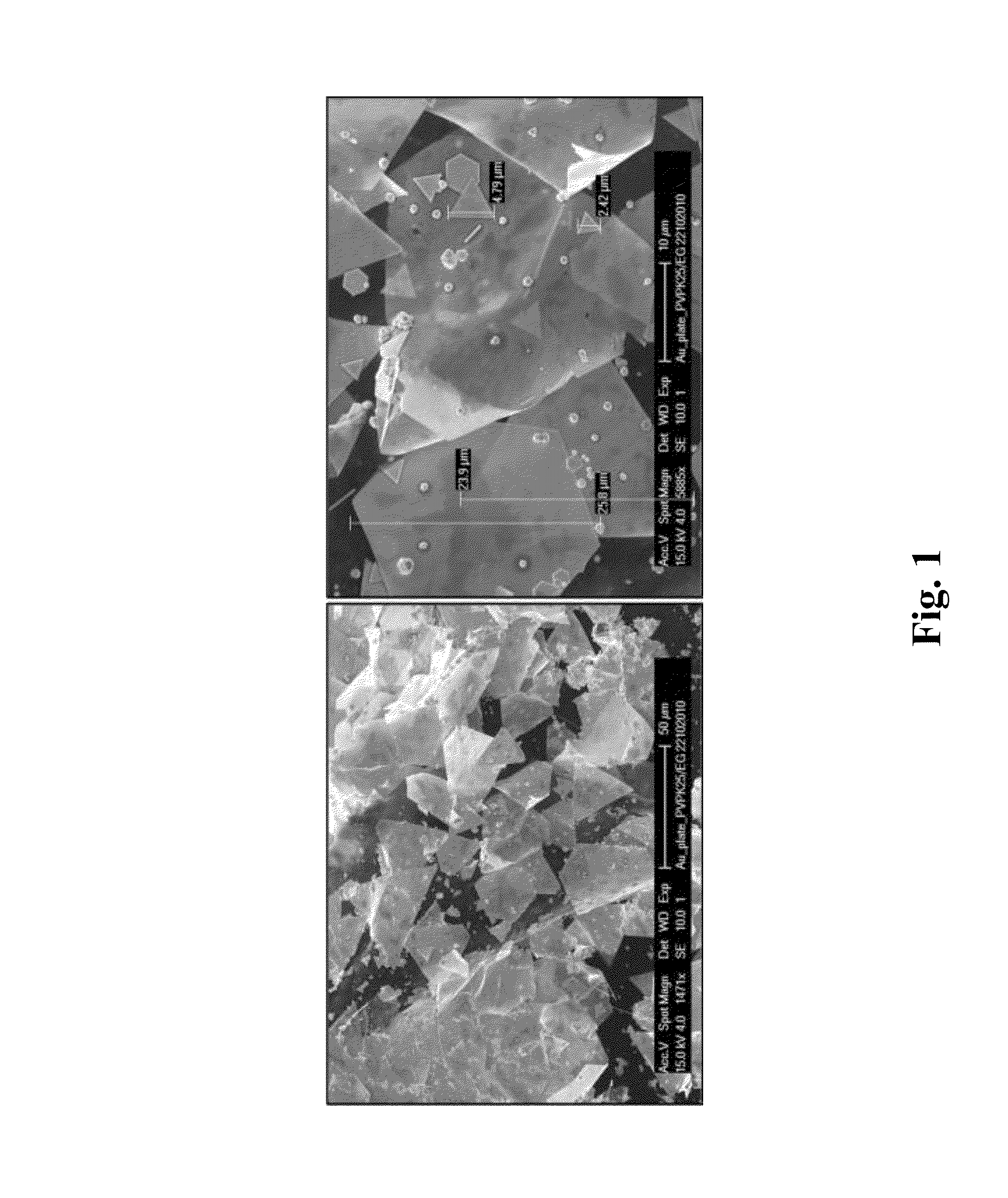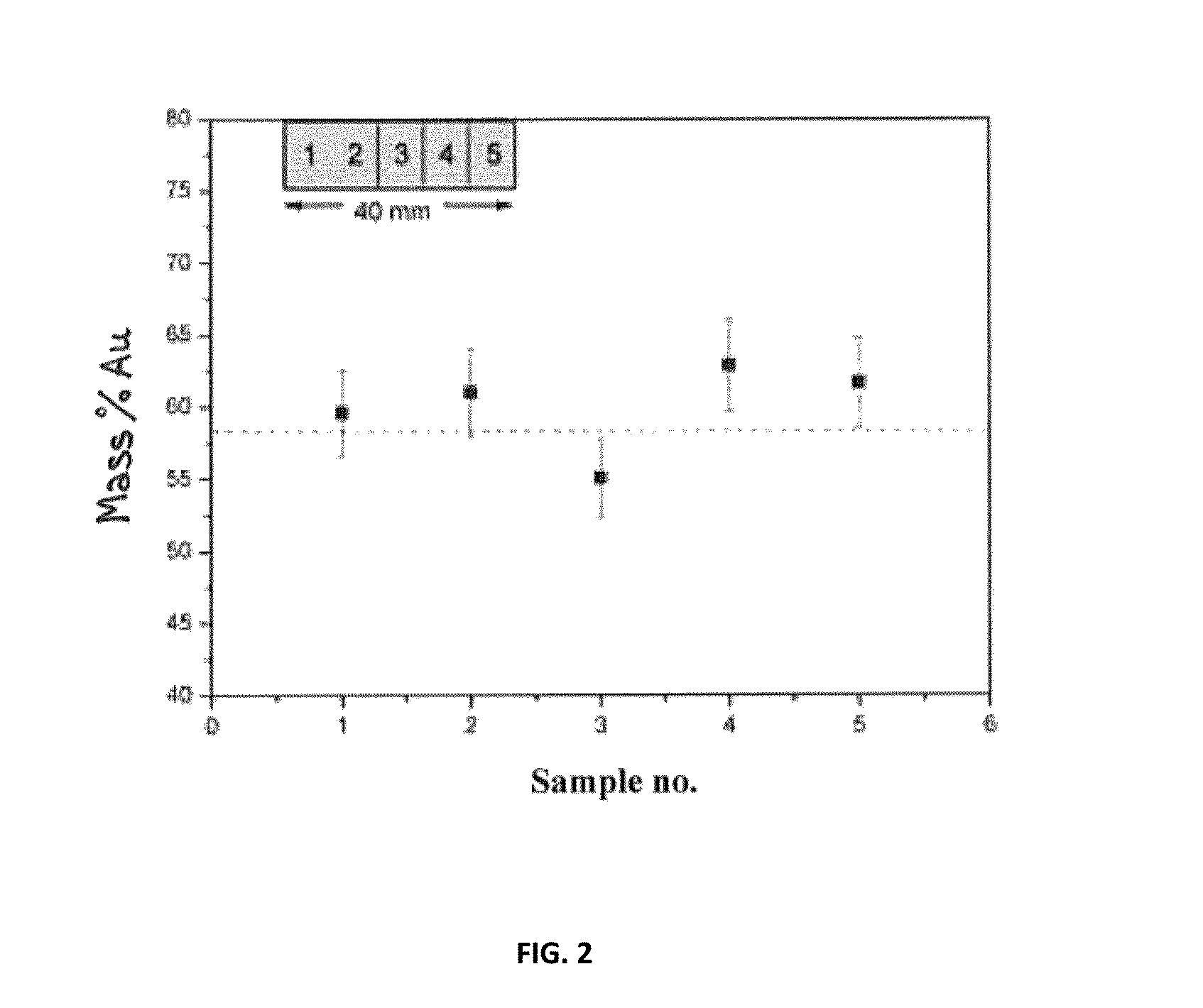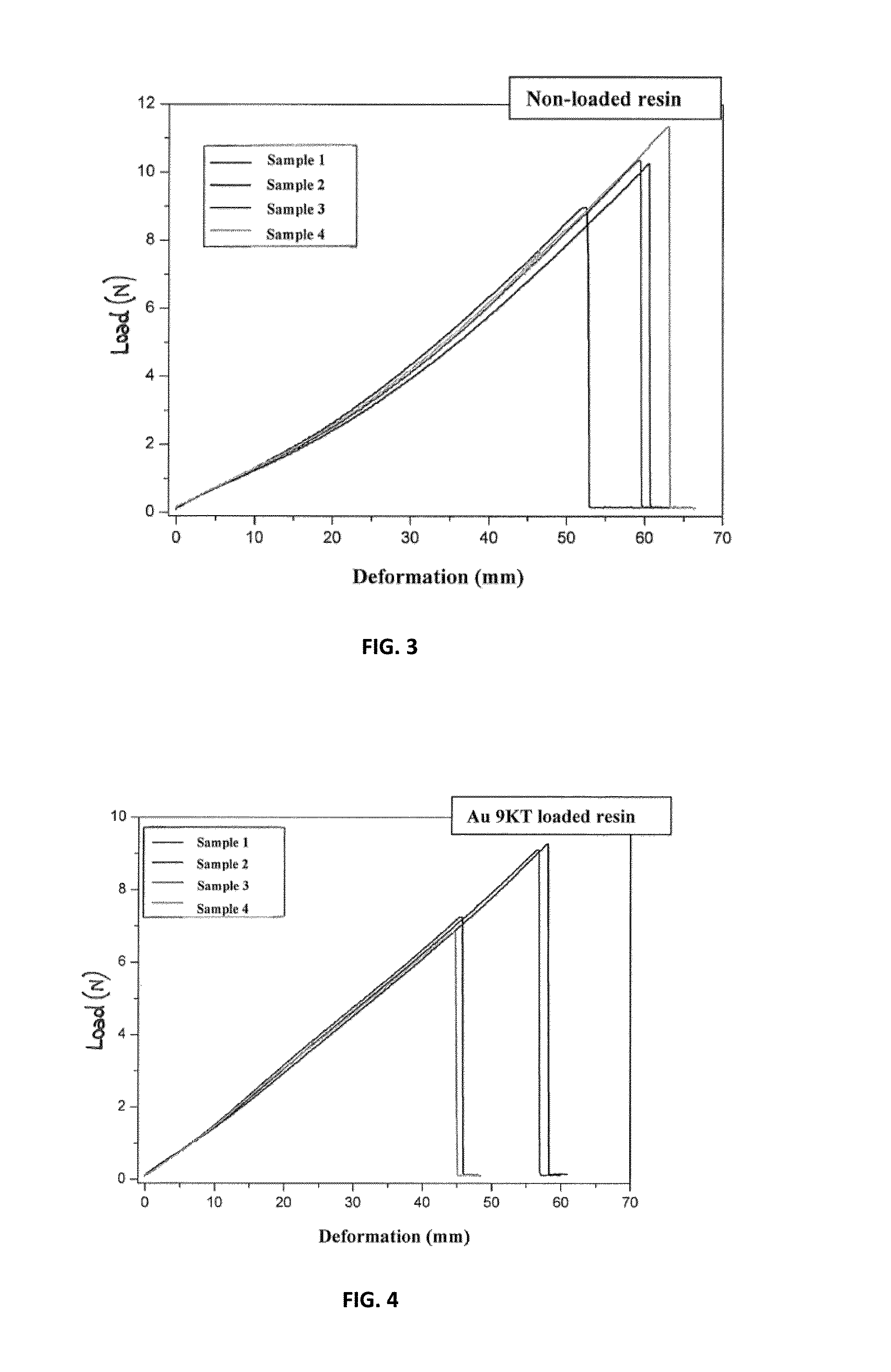Composite material for the making of decorative items and procedure for the making of a decorative item
a technology for decorative items and composite materials, applied in the field of composite materials for making decorative items and making decorative items, can solve the problems of high cost of precious metals, allergic reactions, sometimes quite serious, and metals that are frequently used as alloying elements in precious metal alloys, etc., and achieves the effects of easy recovery, high degree of elasticity, and easy and comfortable wearing
- Summary
- Abstract
- Description
- Claims
- Application Information
AI Technical Summary
Benefits of technology
Problems solved by technology
Method used
Image
Examples
Embodiment Construction
[0031]The composite material and the procedure in this invention are to be preferably used for the making of finished decorative items, and in particular articles of jewelry or costume jewelry, like for example necklaces, bracelets, earrings, pendants, brooches etc., or else for the creation of accessories like buckles, buttons and the like. Moreover, the same composite material and their procedure can be used in the making of semi-finished products, or else products that can be subjected to further working in order to attain finished decorative items or accessories.
[0032]In particular the composite material and the procedure in this invention are expected to be used for the making of decorative items and precious or semi-precious accessories.
[0033]The composite material for the making of ornamental according to this invention includes at least a substantially transparent polymeric component and at least a metallic powder of one or more precious metals, which can be present alone or...
PUM
| Property | Measurement | Unit |
|---|---|---|
| transparent | aaaaa | aaaaa |
| transparent | aaaaa | aaaaa |
| transparent | aaaaa | aaaaa |
Abstract
Description
Claims
Application Information
 Login to View More
Login to View More - R&D
- Intellectual Property
- Life Sciences
- Materials
- Tech Scout
- Unparalleled Data Quality
- Higher Quality Content
- 60% Fewer Hallucinations
Browse by: Latest US Patents, China's latest patents, Technical Efficacy Thesaurus, Application Domain, Technology Topic, Popular Technical Reports.
© 2025 PatSnap. All rights reserved.Legal|Privacy policy|Modern Slavery Act Transparency Statement|Sitemap|About US| Contact US: help@patsnap.com



